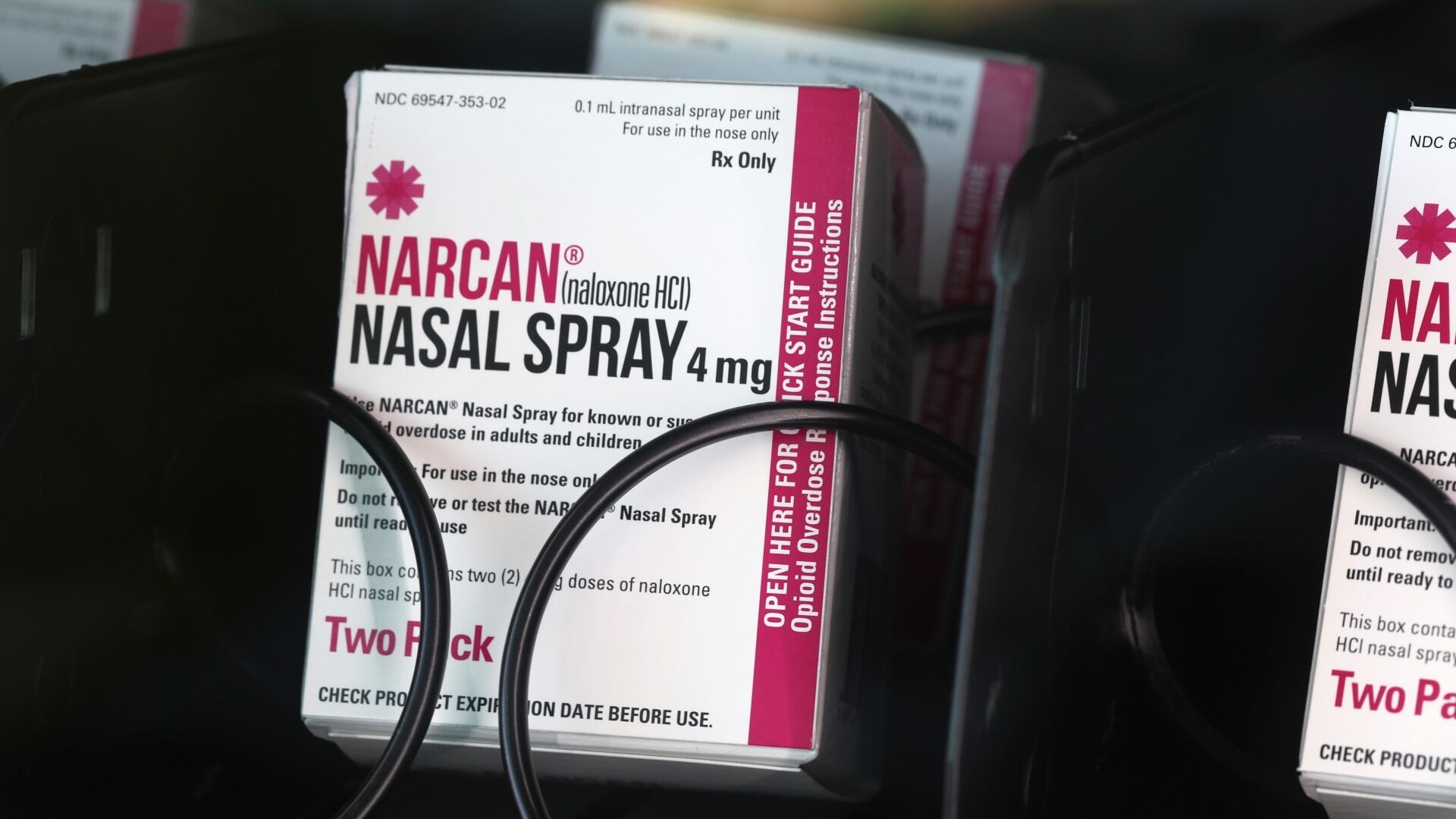By Marcia Dunn
NASA’s newest X-ray observatory rocketed into orbit Thursday to shed light on exploded stars, black holes and other violent high-energy events unfolding in the universe.
SpaceX launched the spacecraft on its $188 million mission from Kennedy Space Center. It’s called IXPE, short for Imaging X-ray Polarization Explorer.
Scientists said the observatory — actually three telescopes in one — will unveil the most dramatic and extreme parts of the universe as never before.
“IXPE is going to open a new window on the X-ray sky,” Brian Ramsey, NASA's deputy principal scientist, said this week.
Operations should begin next month. NASA is partnering with the Italian Space Agency on the project.
The first over-the-counter drug to reverse opioid overdoses will be available in stores by next week.
The Environmental Protection Agency said it has revised a key rule relating to the nation's waters that would weaken efforts to protect acres of wetlands.
A new study has found that air pollution is a personal health threat and more dangerous than smoking and drinking.
Be Well: Simple Ways to Build Lower Body Strength
Narcan, the opioid overdose drug, will be available by next week.
Be Well: How to Safely Prepare Food for Your Barbecue
A rare blue supermoon could raise ocean tides and make flooding worse during Hurricane Idalia.
Cheddar News checks in with a coast-to-coast forecast of the weather for Wednesday, August 30, 2023, including the latest on Hurricane Idalia.
Better catch the show if you can. There won't be another blue supermoon until 2037.
Doctors in Australia removed a three-inch living roundworm from a woman's brain.











